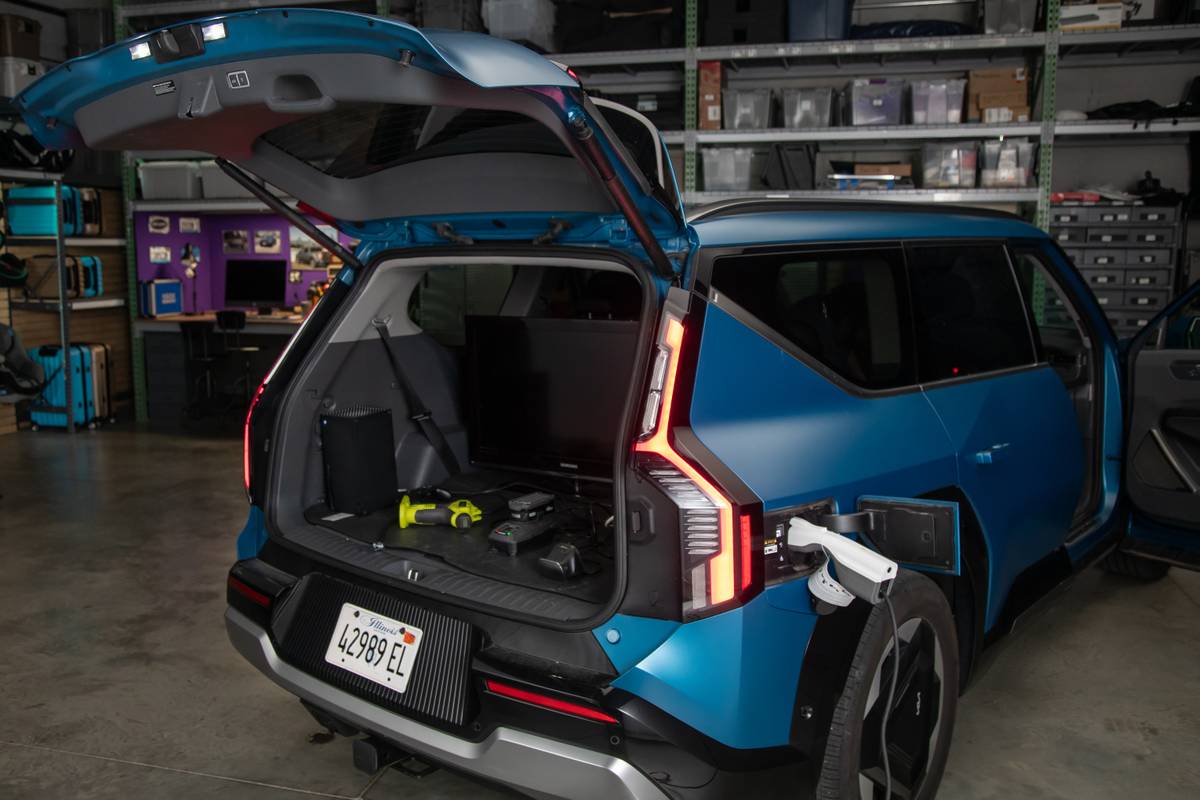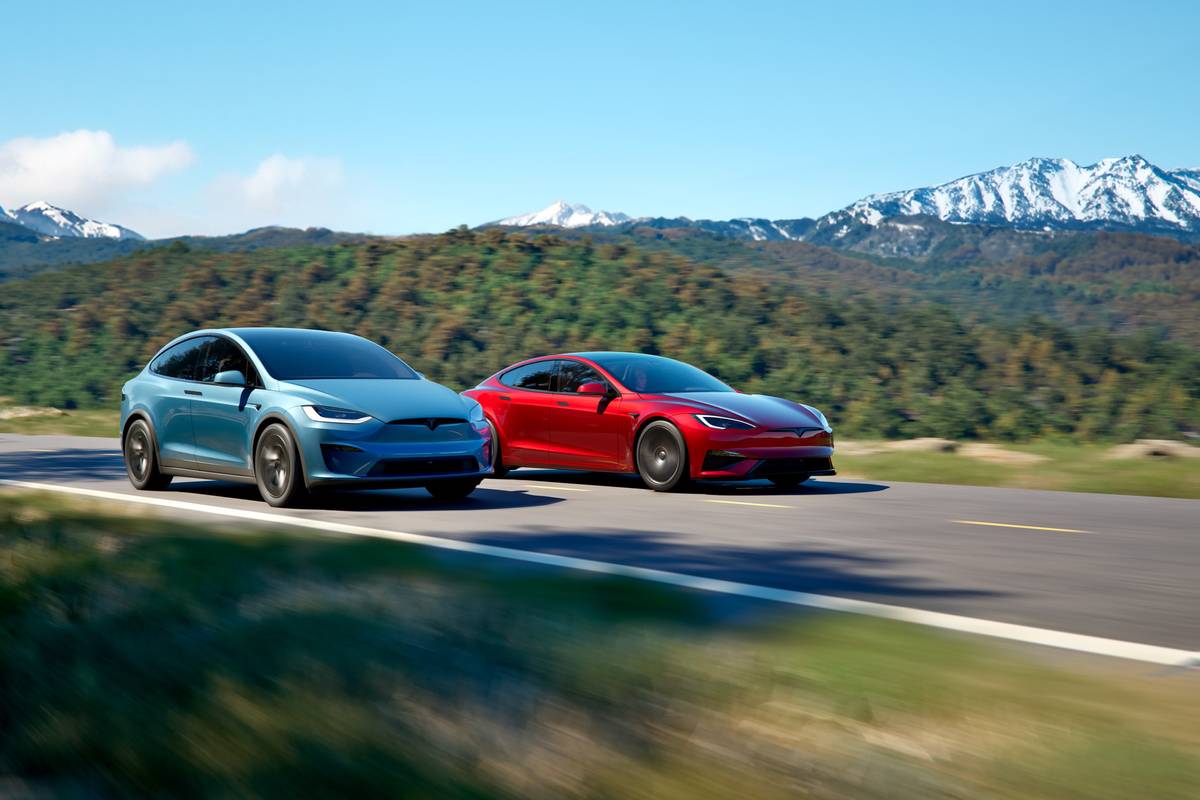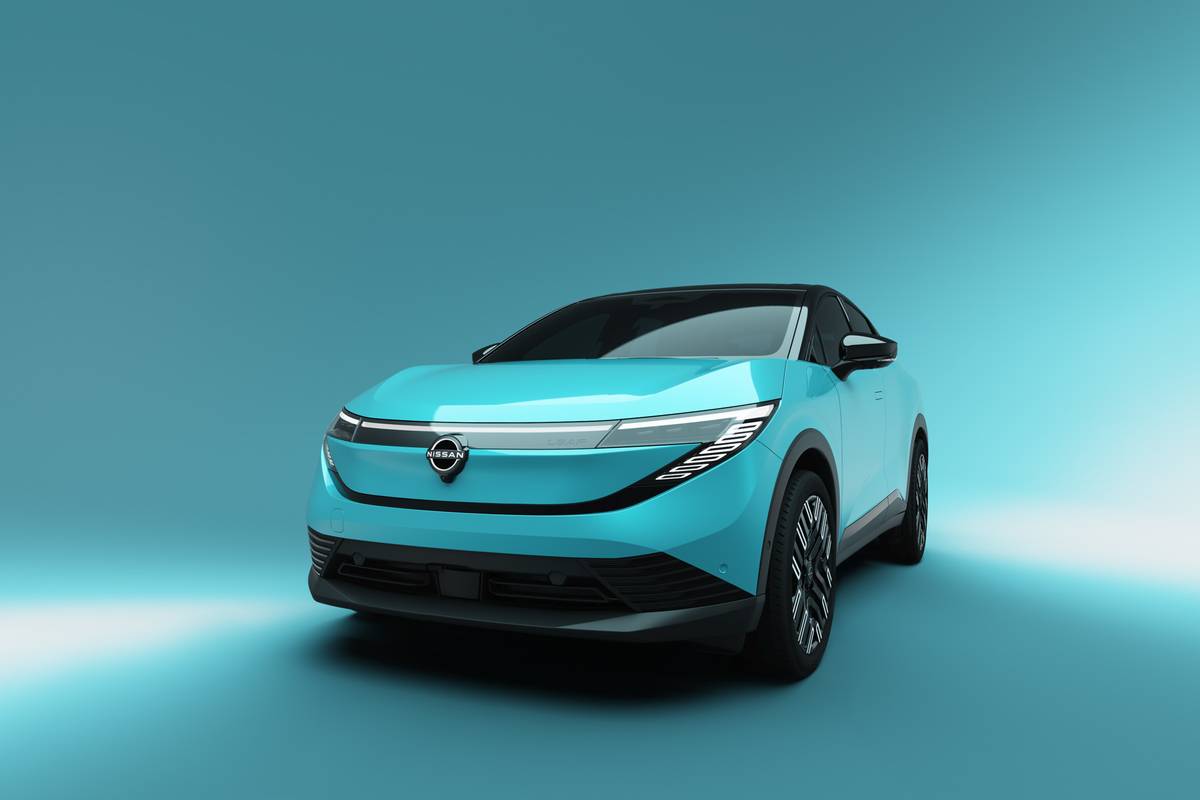Our view: 2010 Cadillac CTS

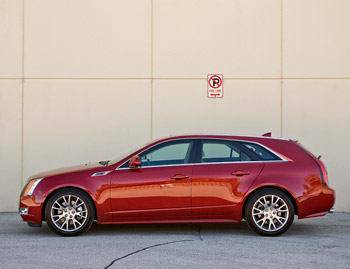
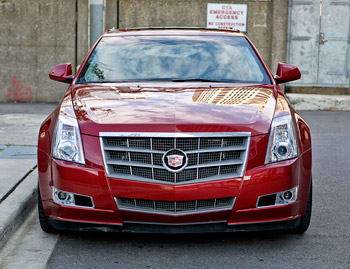
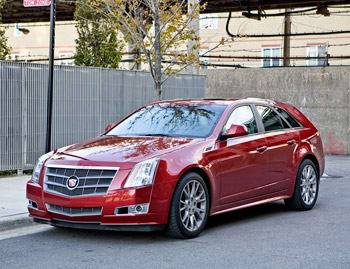
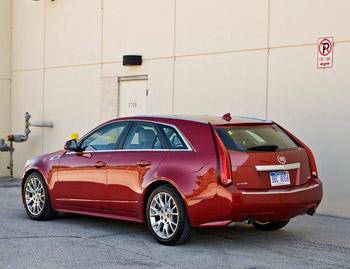
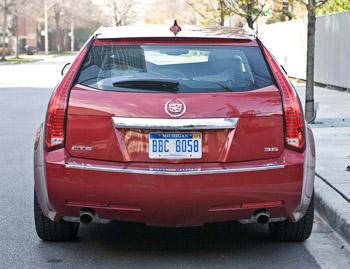
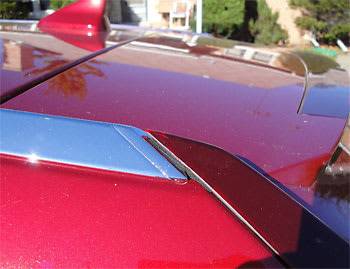
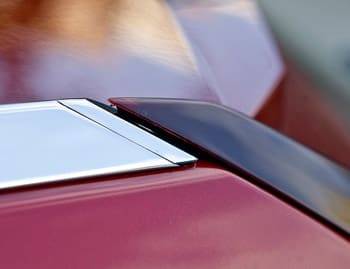
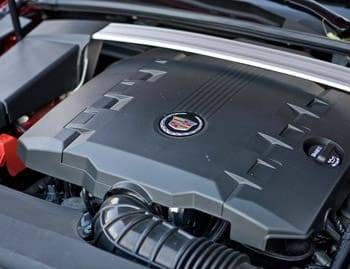
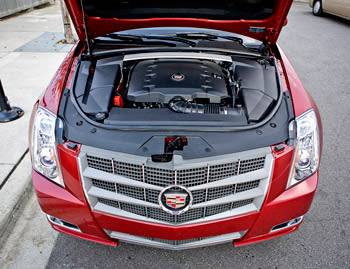
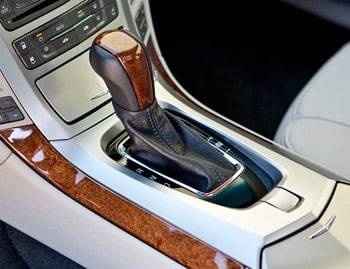
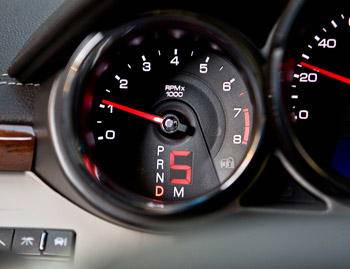
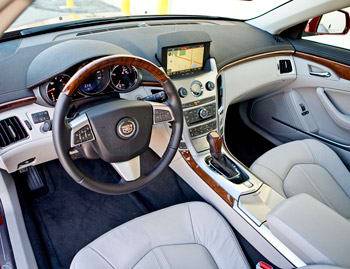
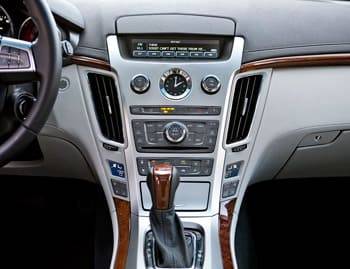
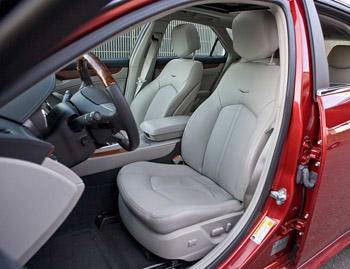
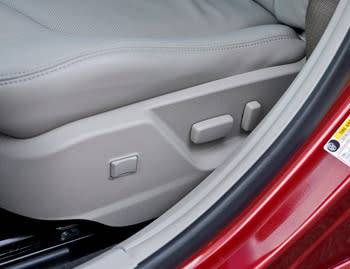
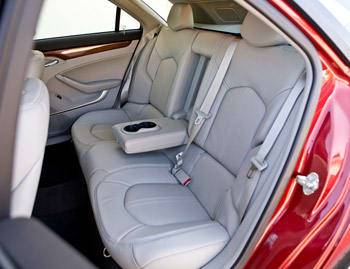
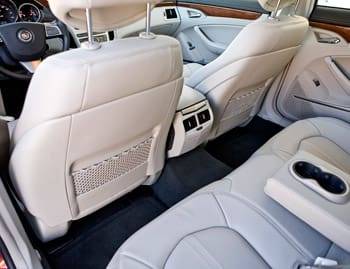
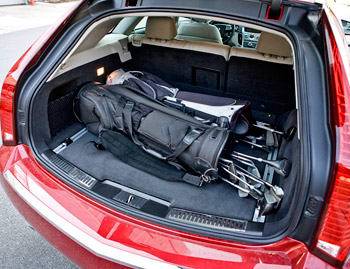
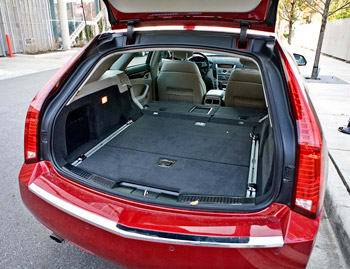
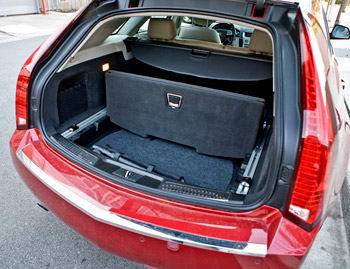
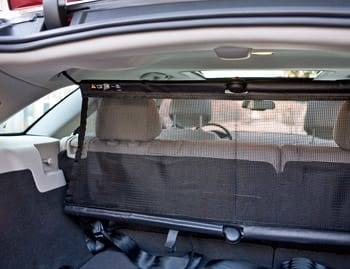
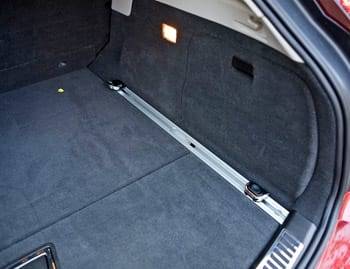
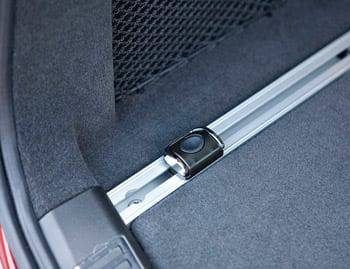
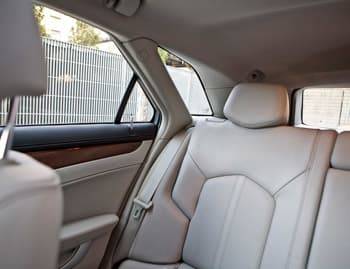
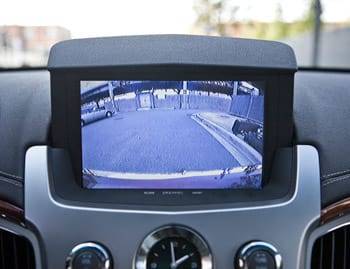
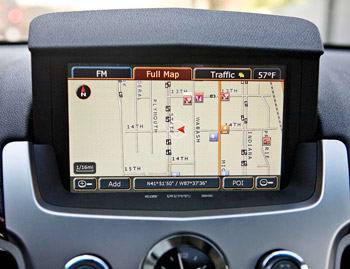
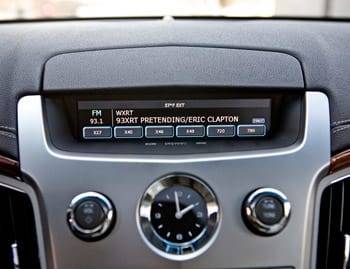
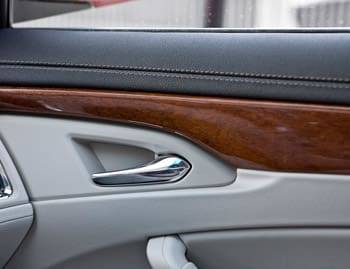
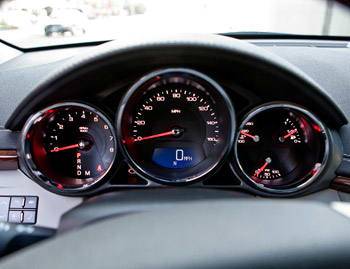





























On the strength of its bold styling, interior quality and athletic handling, the Cadillac CTS sedan has been a sales success, and now its model line is expanding. For 2010, the sedan is joined by a CTS Sport Wagon, which nearly doubles the sedan’s cargo space and adds $3,000 to its base price. Often cited as Exhibit A in the case for GM’s ability to build a world-class car, the CTS is indeed exceptional, but a few performance and quality shortcomings dampen our praise of the new wagon.
A Looker … As Wagons Go
To my eye, the CTS embodies Cadillac styling: unapologetically bold and better-executed than any of the brand’s other models — especially the first-generation CTS, which was replaced in 2008. The wagon is as impressive as the sedan, though I don’t know if it will sway typical American buyers, whose disdain for once-successful vehicle genres is as overblown as their enthusiasm for the next ones. Are minivans and SUVs taking so much abuse that wagons will seem fresh and new?
The CTS wagon brings some of the advantages of SUVs and crossovers, such as a cargo hatch and optional all-wheel drive. Its gas mileage beats the average crossover, but it doesn’t have the crossover’s high seating position. For that, you’d have to move to something like Cadillac’s new 2010 SRX compact crossover.
Cadillac produced the Sport Wagon to compete with the likes of BMW’s 3 Series wagon and Audi’s A4 Avant — two models with which the CTS competes strongly in sedan form. The CTS is larger than both of those cars but not as large as the Audi A6 Avant and BMW 535i Sport Wagon, which start at a hefty $53,310 and $55,800, respectively.
Like its German competitors, the CTS wagon is very much a CTS sedan with a wagon rear end — rather than a dramatically different car — with almost identical exterior and interior dimensions, including front- and rear-seat headroom, legroom and hip room. The SRX crossover, which is a dramatically different model, isn’t notably roomier.
| CTS Wagon vs. Sedan and SRX Crossover | |||||||||||||||||||||||||||
|---|---|---|---|---|---|---|---|---|---|---|---|---|---|---|---|---|---|---|---|---|---|---|---|---|---|---|---|
| CTS Sedan | CTS Wagon | SRX | |||||||||||||||||||||||||
| Base MSRP | $36,730 | $39,830 | $33,330 | ||||||||||||||||||||||||
| Cost to add AWD | $3,200 | $1,900 | $6,075* | ||||||||||||||||||||||||
| Length (in.) | 191.6 | 191.6 | 190.3 | ||||||||||||||||||||||||
| Height (in.) | 59.2 | 59.1 | 65.7 | ||||||||||||||||||||||||
| Cargo volume behind backseat (cu. ft.) | 13.6 | 25.0 | 29.8 | ||||||||||||||||||||||||
| Cargo volume, backseat folded (cu. ft.) | not rated** | 58.0 | 61.1 | ||||||||||||||||||||||||
| Best EPA mileage (city/highway) | 18/27 mpg with either engine, automatic, rear-wheel drive | 18/27 mpg with 3.0-liter, automatic, rear-wheel drive | 18/25 mpg with front-wheel drive | ||||||||||||||||||||||||
| *AWD is offered on Luxury trim level and higher, which adds features along with the AWD. **Rear seats fold, but maximum volume isn’t calculated for sedans. |
|||||||||||||||||||||||||||
With 25 cubic feet of cargo volume behind its backseat, the CTS wagon almost doubles the sedan’s trunk space. In comparison, the SRX has almost 5 cubic feet more cargo volume behind its backseat, but only 3.1 cubic feet more once both models’ rear seats are folded. So by the numbers alone, the CTS wagon is pretty close, but it bears noting that its cargo area is lower, favoring wide items. Most crossovers have taller cargo spaces, which can be an advantage for some items.
The Driver Is Floored
Unfortunately, the lower roofline caused more significant problems for me: To achieve the workable — if not generous — headroom, the CTS’ driver’s seat is relatively close to the floor. My legs were sticking out in front of me, never finding a decent position to rest. I just couldn’t get comfortable. In the SRX, whose dimensions suggest less legroom and more headroom than the CTS, my legs were fine.
The front seats had another problem: overly firm backrests. The center panel felt like a plank. I pulled a couple of other editors into the CTS wagon, and they concurred. There’s no such thing as a universally comfortable seat, but I can usually find a reasonable compromise in practically any vehicle if I experiment enough with a seat’s adjustments. Between the backrest and the low-slung seat, I was a lost cause. If you test-drive one, you’d best pay close attention to how it fits and feels. The backrest might seem fine if you’re wearing a winter coat, but unless you live in the Arctic, you’ll want to try it out unpadded. There are many things one can adapt to in a new car; seat comfort isn’t one of them.
It’s easier than you might think to be distracted from issues like seat comfort — mainly by the CTS’ driving experience. The original CTS marked Cadillac’s recognition that competing in the entry-level luxury class with the category-killing BMW 3 Series demanded rear-wheel drive and excellent handling. Ample power and a manual transmission option were also vital, and the CTS sedan delivered. With the current generation comes even more refinement and optional all-wheel drive.
My test Sport Wagon had winter tires, which don’t provide the best roadholding in warm, dry conditions, but even so I could tell the wagon has the balance and dynamics of the sedan. The SRX isn’t in the same ballpark — or even the same county — in this regard. The same can be said of most crossovers, though models like the BMW X3 and Infiniti EX35 bring some athleticism to the higher-riding genre.
Two V-6 Engines, One Transmission
Being a top trim level, our CTS Premium Collection had the more powerful of two engines, a 304-horsepower, 3.6-liter V-6 that carries over from last year. For 2010, the base engine is new: a 270-hp, 3.0-liter V-6. It replaces a version of the 3.6-liter V-6 with conventional port fuel injection, which generated 263 hp. (The power in both current engines comes courtesy of direct injection.) Both engines kindly require regular gasoline rather than premium, a rarity among luxury cars. Unlike the sedan, the wagon is available only with an automatic transmission.
Our test car provided healthy acceleration, but in short order I began to wish the wagon offered a manual. The six-speed automatic behaved fine from a standing start, but when time came to speed up once in motion, the response lag was excessive. All transmissions kick down a gear or more when you jab the accelerator to pass, but how quickly they do so varies. Unfortunately, the CTS’ transmission consistently hesitates, hunting for a gear — or just taking too long to get into it. I’d hear the engine whir, but a whole second or more would pass before the car lurched forward — like a pitcher with an elaborate windup.
The transmission allows manual shifting by means of the gear selector, with a nice, big numerical indicator on the tachometer. Yes, you can use it to work around the Drive mode’s hesitation, but that only bandages a problem that shouldn’t exist. The Sport mode — which is fully automatic, like Drive — keeps the transmission in lower gears as the engine revs up. It hunted and lagged less but still left plenty to be desired.
Though the 3.0-liter engine also teams with a six-speed automatic, you never know how a different engine/transmission combination will perform, so I hold out hope that it’s a more productive pairing than the one I tested. If you have experience with either engine in the 2010 CTS, send an email with your thoughts.
Interior quality is where the CTS wagon has closed the gap with its German counterparts, which have stagnated. The design and materials quality are impressive, and while the German brands continue to employ multimedia systems with multifunction controller knobs, the CTS offers a good old touch-screen. It motors up from the dashboard, where it’s in the driver’s line of sight without simultaneously blocking the view. I have to admit, though, that its high positioning illustrates why remote knobs are becoming common: It was a bit of a stretch for me to reach, but bear in mind that I was beyond help in terms of fit and comfort. Your results may vary.
Safety
In Insurance Institute for Highway Safety crash tests, the CTS got the highest score, Good, for frontal-, side- and rear-impact protection. Because its roof strength hasn’t been tested, the CTS is not yet eligible for the organization’s Top Safety Pick designation.
Standard safety features include antilock brakes, six airbags and an electronic stability system with traction control. For a list of all safety features, click here. Features like rear sonar, intended mainly for parking assistance, and a backup camera are optional on higher trim levels.
CTS in the Market
With a starting price over $40,500 including the destination charge, the base CTS is significantly more expensive than the A4 Avant and 328 wagon, which are below $36,500 with destination. The Avant version of the A4 has standard all-wheel drive, whereas the all-wheel-drive CTS wagon demands an additional $1,900.
Buyers might see the Caddy’s larger size as justification for the higher price. The base versions of all three cars are lean on features, but it bears noting that the German cars offer features like Bluetooth cellular connectivity, heated memory seats, HomeLink and a navigation system as options. The entry-level CTS wagon doesn’t. The next step up, the CTS Luxury, costs an extra $3,400, but it adds some of those features as standard, not optional. It also replaces the vinyl seats with leather, which the base A4 has standard. The base CTS wagon boasts standard OnStar and an auto-dimming rearview mirror.
The most disappointing development is a reliability prediction of “much worse than average” from Consumer Reports, which is an unexpected role reversal; German luxury cars historically have been below average in this regard. Now, the Audi and BMW are both rated average. When Cadillac set out to emulate the Germans, it probably didn’t intend to go this far. You might have noticed that the imports survived — even excelled — in spite of poor reliability. Perhaps the CTS will engender the same phenomenon: enough enthusiasm that shoppers will decide the car is worth whatever headaches might arise.
| Send Joe an email |

Former Executive Editor Joe Wiesenfelder, a Cars.com launch veteran, led the car evaluation effort. He owns a 1984 Mercedes 300D and a 2002 Mazda Miata SE.
Latest news
